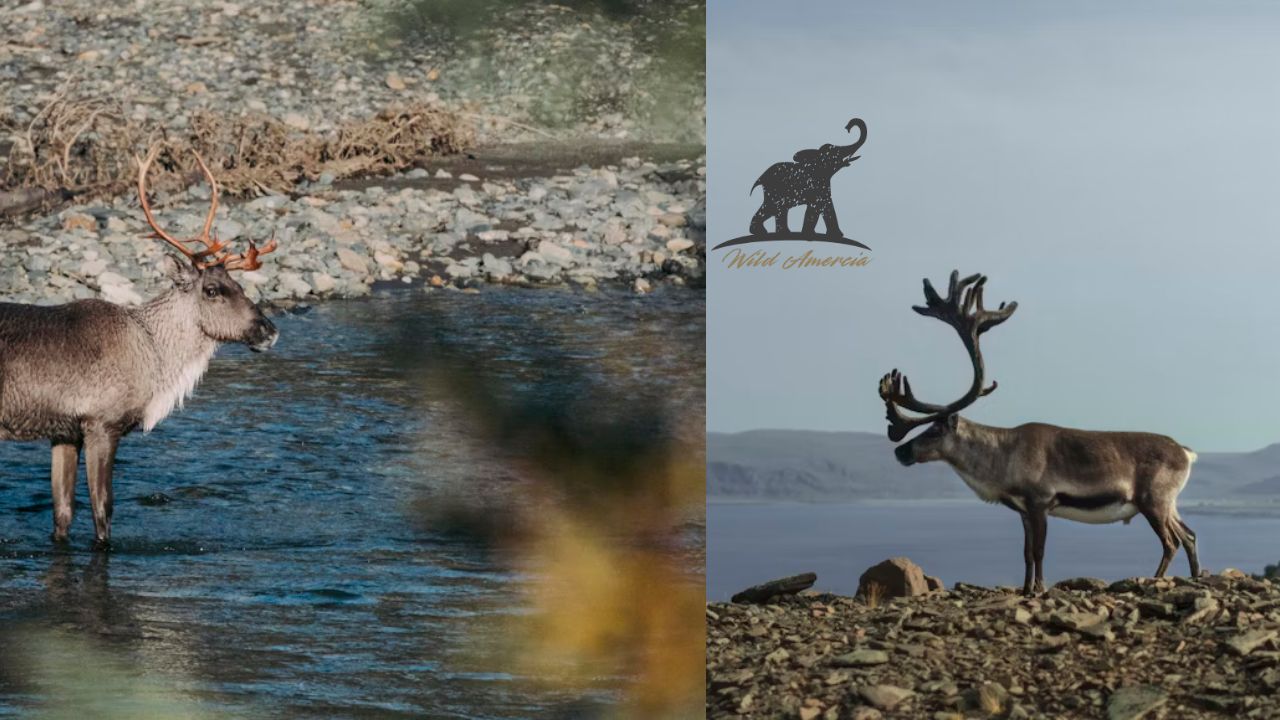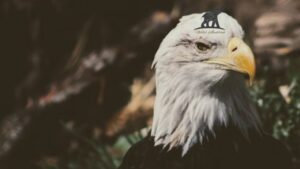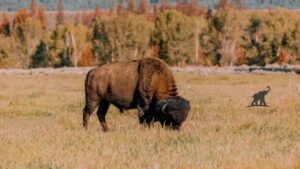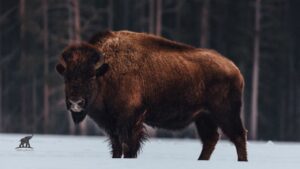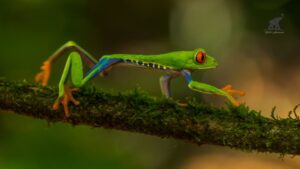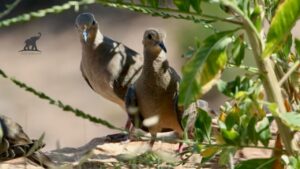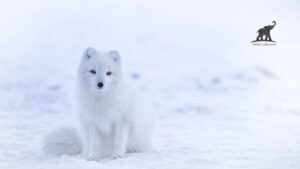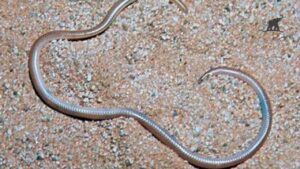Have you ever wondered about the whole reindeer vs caribou debate? They look remarkably similar, both members of the species Rangifer tarandus, yet there are distinct differences that set them apart. It’s a question that puzzles many, especially around the holidays when one of them gets a lot of attention. These magnificent animals, found in the Arctic and subarctic regions, are essentially the same species. However, geography and human interaction have created two distinct types. Let’s dive into the fascinating world of these creatures and finally settle the great caribou vs reindeer comparison.
Quick Facts: Reindeer vs. Caribou
| Feature | Reindeer | Caribou |
| Scientific Name | Rangifer tarandus | Rangifer tarandus |
| Domestication | Semi-domesticated | Wild |
| Location | Europe and Asia | North America and Greenland |
| Size | Generally smaller and stockier | Larger and leaner |
| Antlers | Shorter and more compact | Taller and wider |
| Diet | Primarily lichens, mosses | Lichens, willows, sedges |
| Herds | Smaller, managed herds | Massive, migratory herds |
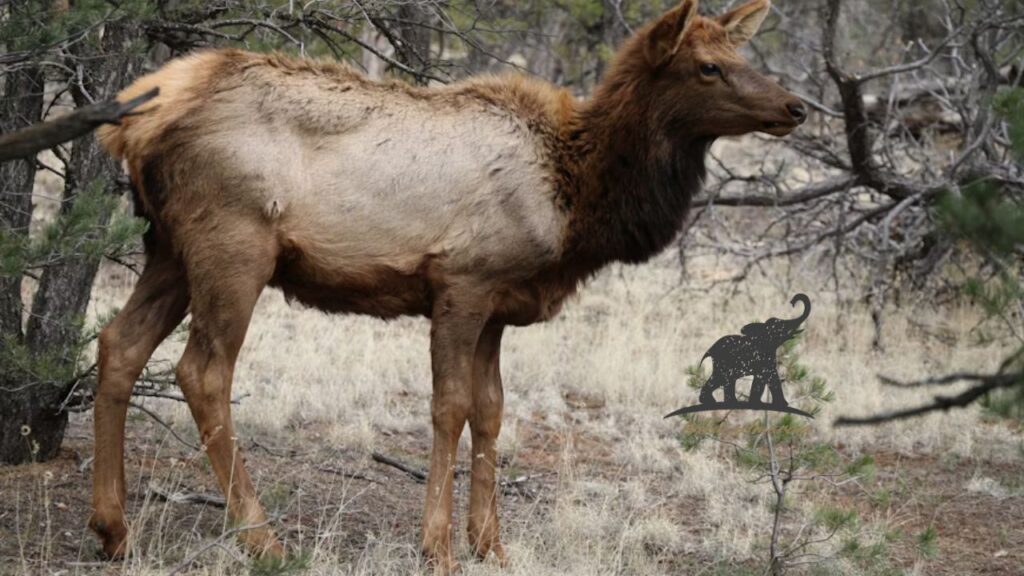
The Core Distinction: Domestication
The most significant factor in the reindeer vs caribou difference is domestication. Simply put, reindeer are the domesticated version, while caribou are their wild cousins. Think of it like the distinction between dogs and wolves; they share a common ancestor but have followed different evolutionary paths due to human influence.
Reindeer have been semi-domesticated in northern Eurasia for thousands of years. Indigenous peoples, such as the Sámi in Scandinavia and Russia, have managed reindeer herds for meat, milk, hides, and transportation. This long history of human interaction has shaped their genetics, behavior, and physical traits. In places like Alaska, reindeer vs caribou populations exist separately, with reindeer herds being managed by herders.
Caribou, on the other hand, roam free across the vast, wild landscapes of North America and Greenland. They are untamed and undertake some of the longest land migrations on the planet, driven purely by instinct and the search for food.
A Tale of Two Continents: Habitat and Distribution
Geography plays a crucial role in separating these two animals. While both are built for cold, harsh climates, they occupy different parts of the world.
Reindeer’s Eurasian Home
Reindeer are native to the Arctic tundra and forests of northern Europe and Asia. From the snowy fields of Scandinavia to the vast Siberian taiga, these animals have been an integral part of the ecosystem and human culture for millennia. Their bodies are perfectly adapted for these environments, with a thick coat and specialized hooves for digging through snow.
Caribou’s North American Reign
Caribou are the undisputed kings of the North American wilderness. They are found from Alaska and across Canada’s northern territories all the way to Greenland. These herds, some numbering in the hundreds of thousands, are a truly breathtaking sight as they migrate across the tundra. The comparison of caribou vs reindeer size often comes down to the demands of their different environments; caribou must travel farther, requiring a leaner, more athletic build.
Physical Differences: More Than Meets the Eye
At first glance, telling them apart can be tricky. But a closer look reveals subtle yet important physical distinctions that help answer the reindeer vs caribou vs elk question—though elk are a much larger, entirely different species of deer.
Size and Stature
One of the most noticeable differences is their size. Reindeer tend to be slightly smaller, shorter-legged, and stockier than caribou. An adult reindeer typically weighs between 130 to 400 pounds.
Caribou are generally larger and more long-limbed, an adaptation that helps them navigate deep snow and travel long distances. A large bull caribou can weigh over 600 pounds, making the reindeer vs caribou size difference quite significant. This larger build also distinguishes them from other deer in the deer vs reindeer vs caribou comparison.
The Crown on Their Heads: Antlers
Both male and female Rangifer tarandus grow antlers, a unique trait among deer species (where usually only males have them). However, there are fascinating differences in the reindeer vs caribou antlers.
- Caribou Antlers: Wild caribou typically grow larger, taller, and more sprawling antlers. The massive racks of a caribou bull are an impressive sight, often less dense but grander in scale. You can often find stunning caribou vs reindeer antlers images that highlight this contrast.
- Reindeer Antlers: Due to selective breeding and a different diet, reindeer often have slightly shorter and more compact antlers. Interestingly, domestic male reindeer tend to shed their antlers in early winter, while females keep theirs until spring. This is why Santa’s sleigh is likely pulled by a team of powerful females!
When you start comparing more animals, like in the elk vs caribou vs reindeer debate, the antler differences become even more stark. Elk antlers are huge and sweep backward, while moose antlers are wide and palmate (shaped like a hand). Trying to sort out moose vs caribou vs reindeer is easier when you focus on the unique antler shapes of each animal.
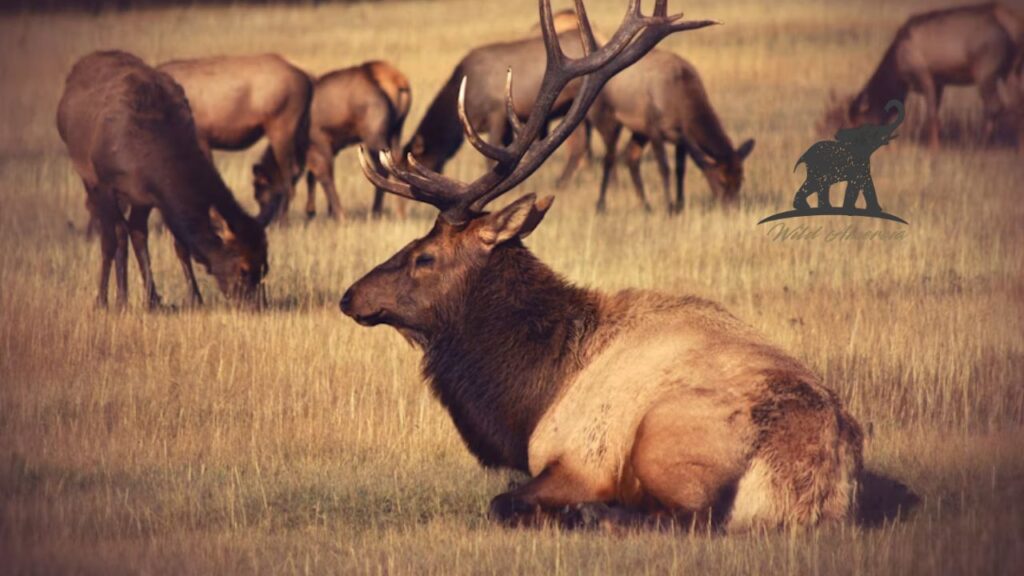
Behavior and Herd Dynamics
The lifestyle differences are profound. Domesticated reindeer live in a world shaped by humans, while caribou follow the ancient rhythms of the wild.
Managed Herds of Reindeer
Reindeer live in herds managed by people. While they graze freely for much of the year, their movements are often guided by herders who protect them from predators and lead them to seasonal pastures. This relationship has made them more accustomed to human presence. The question of domesticated reindeer vs caribou is really a story of cooperation versus independence.
The Great Caribou Migration
Caribou are famous for their epic migrations. Some herds travel over 3,000 miles a year, the longest of any terrestrial mammal. These massive gatherings are a force of nature, driven by the need to find food and safe places to give birth. This wild existence makes them far more elusive and wary of humans. The sheer scale of these herds is hard to comprehend, far beyond anything seen in reindeer.
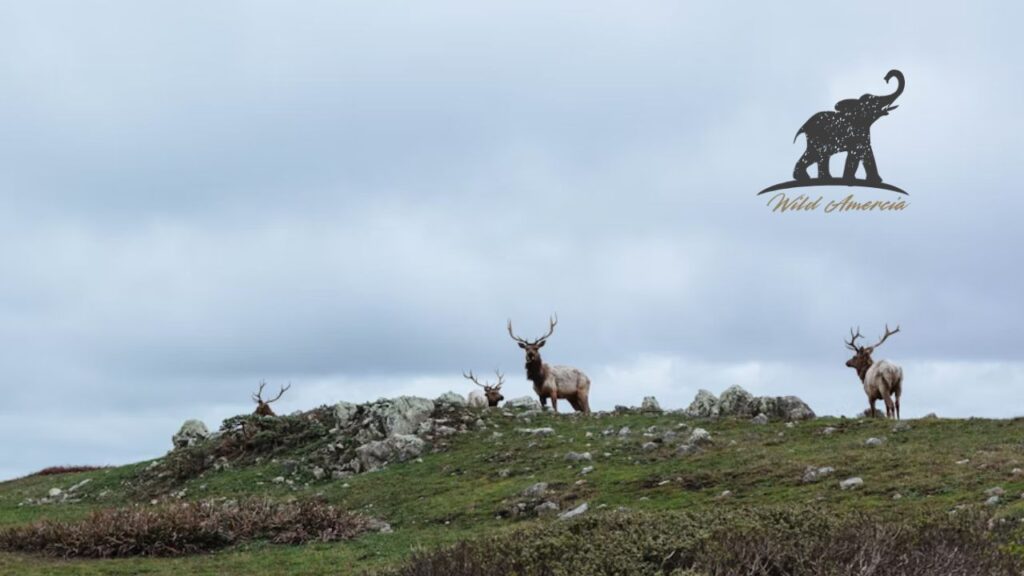
Does Taste Play a Role?
For many indigenous communities and culinary explorers, the caribou vs reindeer taste is a relevant topic. Both meats are lean and rich, with a flavor often described as being similar to venison but milder.
However, some people report subtle differences. Caribou meat, from a completely wild animal with a varied diet, can have a more gamey and complex flavor profile. Reindeer meat might be slightly more consistent in taste due to a more controlled diet. Ultimately, the flavor depends heavily on the animal’s age, diet, and the time of year it was harvested.
Wrapping It All Up
While they share the same scientific name, the story of reindeer vs. caribou is one of divergence. It’s a powerful example of how human interaction can shape a species. One became a partner to humanity in the harsh northern lands, while the other remained a symbol of the untamed wilderness.
From the caribou vs reindeer vs elk vs moose lineup to the specific details of caribou antlers vs reindeer, the differences are clear once you know what to look for. Reindeer are the smaller, stockier, domesticated animals of Eurasia. Caribou are the larger, wilder, long-distance travelers of North America. Both are incredibly resilient and perfectly designed for life at the top of the world.
Frequently Asked Questions (FAQs)
Are reindeer and caribou the same animal?
Yes and no. They are both classified as the same species, Rangifer tarandus. However, “reindeer” refers to the domesticated subspecies in Europe and Asia, while “caribou” refers to the wild subspecies in North America.
Which is bigger, a reindeer or a caribou?
Generally, caribou are larger and heavier than reindeer. The caribou size vs reindeer comparison shows that wild caribou bulls, in particular, can be significantly larger than their domesticated counterparts.
Do both female reindeer and caribou have antlers?
Yes! This is a unique trait of the Rangifer tarandus species. In most other deer species, only males grow antlers. Female caribou and reindeer use their smaller antlers to defend food sources in the snow during winter.
Could Santa’s reindeer actually be caribou?
Given that Santa’s magical sleigh-pullers are depicted as domesticated animals that work with him, they fit the description of reindeer perfectly. Plus, since the males lose their antlers in early winter, his team is almost certainly made up of strong female reindeer who keep their antlers through the season.
What about the grand comparison of elk vs moose vs caribou vs reindeer?
This can be confusing! Moose are the largest of all deer species, with huge, palm-shaped antlers. Elk are also very large, with backward-sweeping antlers. Caribou and reindeer are smaller than moose and elk, and are unique because both sexes have antlers. The discussion of reindeer vs caribou vs elk vs moose involves four distinct animals with different sizes, habitats, and antler shapes.
Admin Recommendation
Cottonmouth Snakes in North Carolina (NC): Key Facts
The Fascinating World of Arctic Fox Fur
Experience the Majesty of Elk and Bison Prairie, KY
Cottonmouth Snakes in North Carolina (NC): Key Facts
Bald Eagle Spiritual Meaning: A Guide to Symbolism and Significance
The Appealing Charm of Ragdoll Kittens
Where to Find Arctic Fox Fur in AC Valhalla
The Barbados Threadsnake: Unveiling the World’s Smallest Snake
American Eskimo Dog: A Comprehensive Guide to This Charming Breed
Discovering Acadia National Park Wildlife
Spotted Salamanders: Nature’s Hidden Gems
Baby American Crocodile: Fascinating Facts About The Next Generation
The Fascinating World of the Albino Wild Turkey
American Bulldog puppies: Full of life, loveable and loyal
Baffin Polar Bear: A Journey into the Arctic’s White Majesty
NC Copperhead Snake: A Comprehensive Guide
Mojave Desert Rattlesnake—A Deadly Beauty of the Southwest
Mourning Dove Lifespan, Care, and Diet Guide
Arroyo Toad: A Guide to This Endangered Amphibian
Northern Leopard Frog: A Fascinating Amphibian
House Sparrow Fledglings:All You Need to Know
The Fascinating World of the Cave Salamander
Eastern Bluebird Spiritual Meaning: A Symbol of Hope and Happiness
When Goldfinches Transform: The Complete Guide to Goldfinch Molting
Hummingbirds Nest: Nature’s Tiny Masterpiece
The Complete Guide to Blue Jay Bird Eggs: Nature’s Stunning Sky-Blue Treasures
Discover the Amazing World of Northern Cardinal Eggs: A Complete Guide
Meet the Rare Albino Kangaroo: Nature’s Most Stunning White Wonder
The Adorable World of Cute Sloths
Ostrich Meat: The Red Meat That’s Better Than Beef
Snake Activity & Safety: Seasonal Patterns and Identification
Cheetah vs Leopard: Key Differences and Fascinating Facts
The Amazing World of Baby Koalas: Everything You Need to Know

